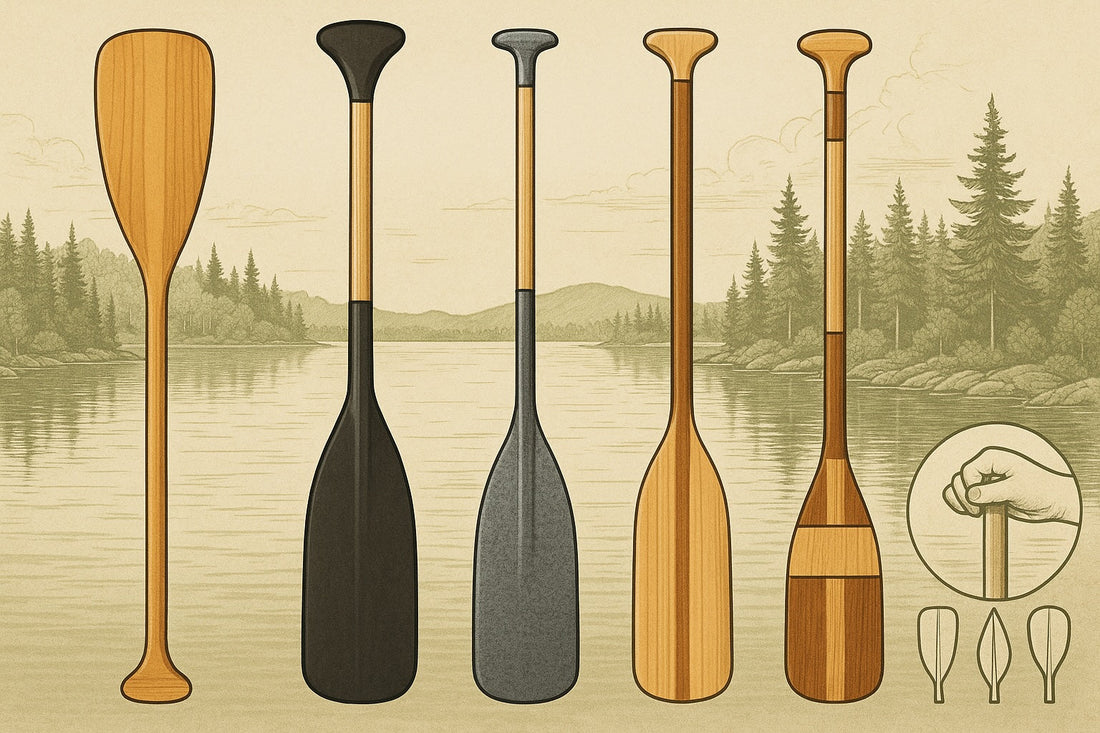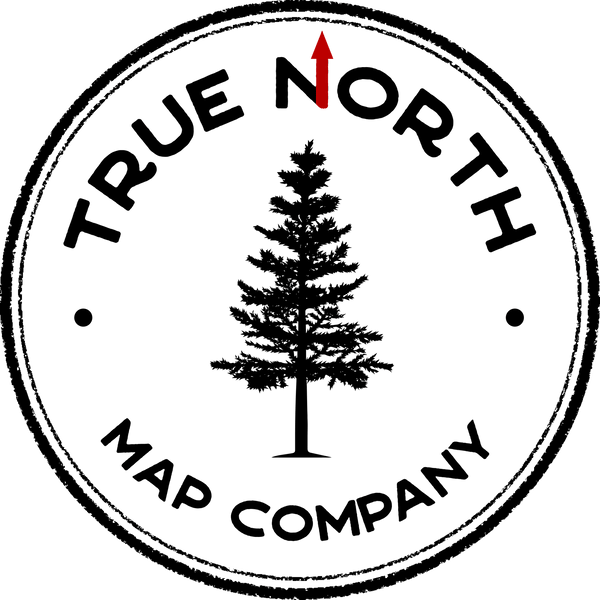
Choosing the Right Canoe Paddle: Styles, Brands, and Techniques for Every Paddler
Jerod ArlichShare
Introduction
A canoe paddle is more than just a tool—it’s an extension of your body, essential for navigation, balance, and efficiency on the water. Whether you’re exploring the remote routes of the Boundary Waters Canoe Area Wilderness or paddling a nearby river, choosing the right paddle can make your trip more comfortable and enjoyable. In this guide, we’ll break down the various types of canoe paddles, top brands, and key paddling techniques to help you get the most out of every stroke.
Types of Canoe Paddles
Canoe paddles vary in blade shape, shaft design, and materials. Each type has its unique strengths and is suited to specific paddling environments.
1. Beavertail Paddle
-
Best for: Deep lakes and flatwater paddling
-
Features: Long, narrow blade for smooth strokes
-
Pros: Quiet entry, ideal for extended paddling
-
Cons: Not ideal for shallow water
2. Ottertail Paddle
-
Best for: Quiet water and solo trips
-
Features: Tapered blade with a rounded tip
-
Pros: Excellent control and finesse
-
Cons: Requires refined paddling technique
3. Sugar Island Paddle
-
Best for: General recreational use
-
Features: Wider blade with squared-off edges
-
Pros: Powerful strokes, easy to maneuver
-
Cons: Slightly more fatigue for long-distance trips
4. Whitewater Paddle
-
Best for: Fast-moving rivers and rapids
-
Features: Shorter shaft, reinforced blade
-
Pros: Strong and durable under stress
-
Cons: Heavier, less efficient on flatwater
5. Bent Shaft Paddle
-
Best for: Long-distance tripping
-
Features: Angled shaft reduces wrist strain
-
Pros: Improves stroke efficiency and reduces fatigue
-
Cons: Less maneuverable in tight spaces
Materials: Weight vs. Durability
Choosing a paddle also depends on the material, which affects its weight, durability, and cost.
-
Wood: Classic, warm feel with good flex. A favorite for traditionalists and quiet paddlers.
-
Aluminum/Plastic: Durable and affordable; best for rentals or beginners.
-
Fiberglass/Carbon Fiber: Lightweight and high-performance; ideal for competitive or frequent paddlers.
-
Laminated Wood & Composite Blends: Offer the best of both worlds—lightweight and stylish with increased durability.
Top Canoe Paddle Brands to Consider
These manufacturers are trusted by paddlers worldwide for their quality and performance:
-
Known for: Affordable laminated wood and composite paddles
Popular models: Expedition Plus, Arrow, Viper
-
Known for: Ergonomic carbon fiber and fiberglass designs
Popular models: Journey, Bandit, Odyssey
-
Known for: Artisan-crafted wooden paddles with stunning painted designs
Popular models: Minnesota, Scout, Gunflint
-
Known for: Beautifully handcrafted, heirloom-quality wood paddles with a focus on traditional design and form
Popular models: Custom beavertail and ottertail-style paddles crafted for both form and function
Essential Paddling Techniques
A good paddle won’t do much without proper technique. Here are some key strokes every canoeist should master:
1. Forward Stroke
-
Use torso rotation, not just arms
-
Place blade vertically in the water for maximum efficiency
2. J-Stroke
-
Used to keep a solo canoe tracking straight
-
Twist the blade at the end of the stroke to correct direction
3. Draw Stroke
-
Used to move the canoe sideways
-
Extend paddle out and pull toward the boat
4. Pry Stroke
-
Opposite of a draw stroke
-
Blade is placed under the canoe and pushed away
5. Sweep Stroke
-
Used to turn the canoe
-
Long, arcing stroke from bow to stern
Matching Paddle to Purpose
-
Trippers: Opt for a bent shaft or beavertail with lightweight materials
-
Recreational Paddlers: A straight-shaft, sugar island paddle offers versatility
-
Whitewater Canoeists: Choose reinforced, short-shaft paddles for power
-
Solo Paddlers: Ottertail paddles offer precision and control
-
Families and Beginners: Durable aluminum or plastic paddles work well
Conclusion
The right paddle can dramatically enhance your canoeing experience, whether you’re gliding across a misty lake in the Boundary Waters or navigating a winding river. Understanding paddle types, materials, brands, and technique empowers you to paddle further, more efficiently, and more comfortably.
Take the time to test different paddles and find what suits your paddling style—because in the wilderness, every stroke counts.
